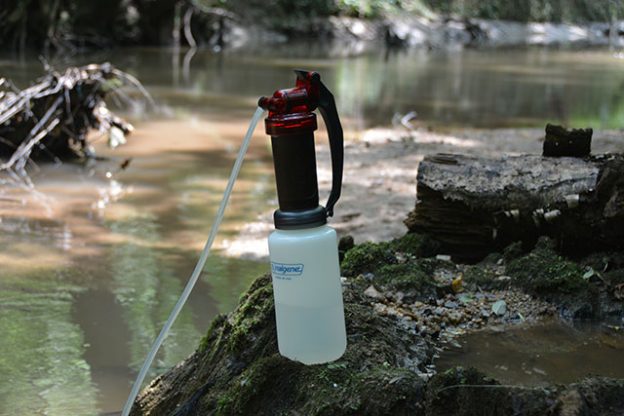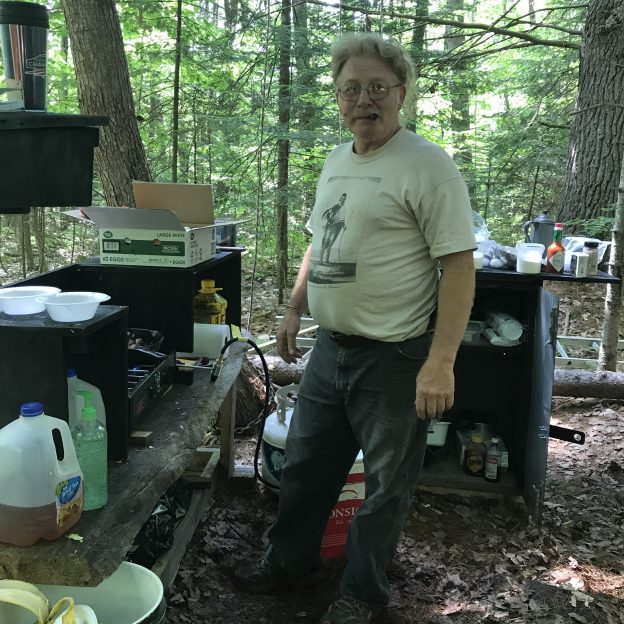General Information about Item:
- Genre: Material Lore
- Language: English
- Country where Item is from: USA
- Informant: Katie Harris
- Date Collected: 11-2-17
Informant Data:
- Katie Harris is a member of the class of 2019 at Dartmouth. She is from central Illinois, specifically Lincoln. Katie described her home as super rural and full of many families. Illonois to her is a “typical mid-west state,” the families are very close knit and tend to stay put rather than have a lot of new families moving in. She is from an area surrounded by a lot of farming and a love for the outdoors. Both her parents introduced her to hiking early on. When she was 3 years old and didn’t have a choice her parents would strap her to their back and go on hikes. A family vacation in the Harris household always seemed to involve hiking and led to Katie’s love for the activity.
Contextual Data:
- Social Context: Clean drinking water is one of the most important parts to survival. Learning about different techniques to clean your drinking water makes you prepared for any situation, for example if your Jetboil breaks.
- Cultural Context: Potable water is necessary for the survival of all people. Water cleaning techniques are relevant to all hikers.
Item:
- A filter pump and iodine are additional equipment capable of cleansing drinking
- These techniques require less setting up and thus are less time consuming than boiling water
Informant’s Comments:
- “When at the base of a mountain the water can be more polluted, so we filter our water with a filter pump and bring iodine. Iodine is a secondary treatment that kills all the bacteria that may have been neglected by the filter pump. Techniques for cleaning water are very important for drinking, especially when boiling techniques can take a longer time.”
Collector’s Comments:
- The picture depicts the filter pump used before iodine is added.
Collector’s Name:
Brittany Champagne
Tags/Keywords:
- material lore, water, filter pump, iodine



